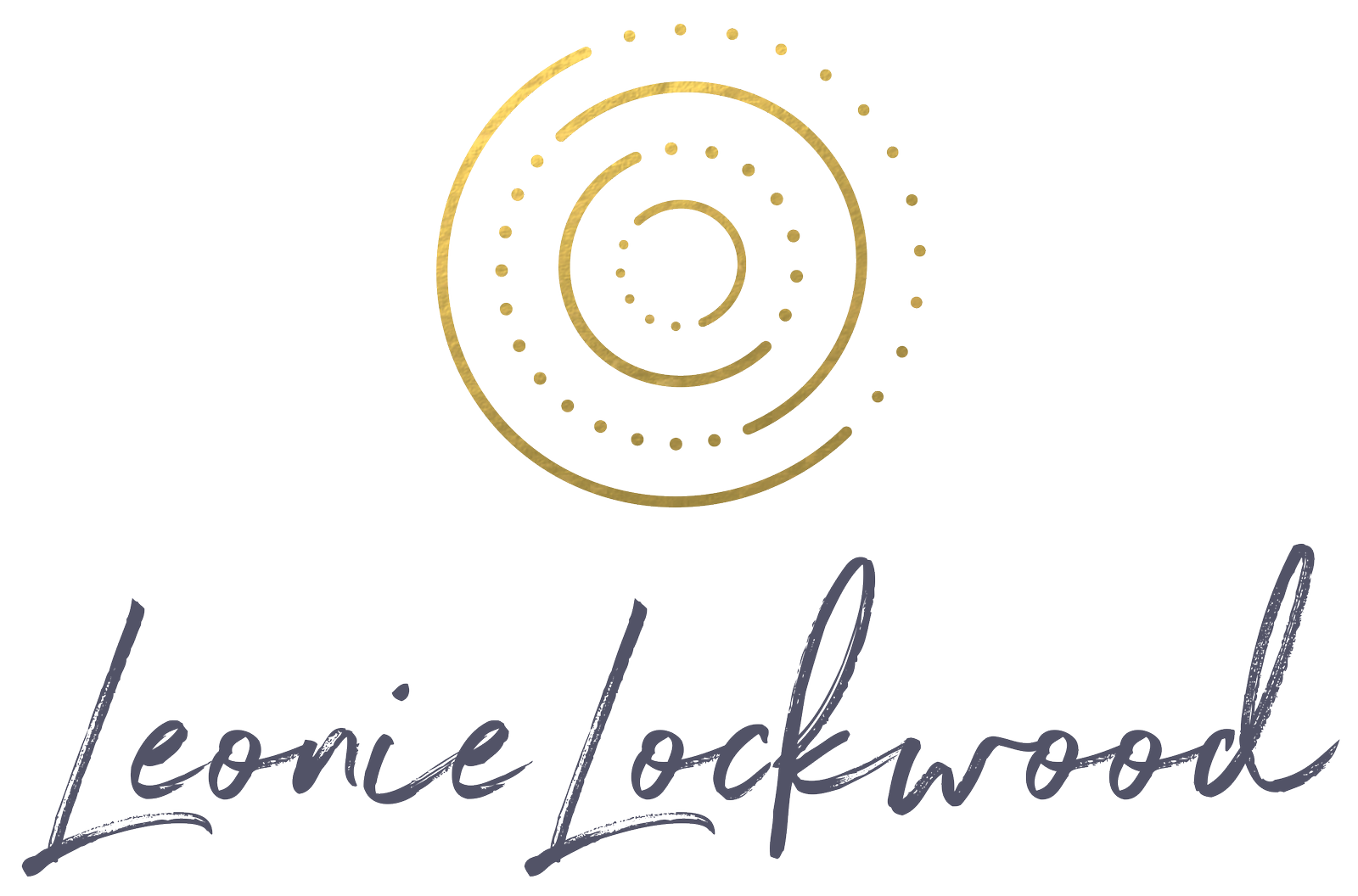The question of how much to talk when teaching Yin yoga comes up without fail during my Yin yoga teacher trainings.
Students are understandably curious about the value of words in the Yin classroom space. After all Yin is known as a ‘quiet practice’, so where does talking fit in?
Is there any value in talking in a Yin class?
There’s loads of value for students in talking in Yin class, but we must remember that talking is just one part of the broader umbrella of communication. There are other ways we can connect and communicate – our presence, our choice of music, our body language, our tone, our invitation into the space for example.
Babbling incessantly and emotionally throughout the class, like Gwyneth Paltrow’s acceptance speech, (39 secs in), may make you feel temporarily more comfortable. But what does it do for your students?
Is there a general rule about talking?
Well yes and no. A general rule of thumb is to talk more at the beginning of the class and less at the end. In a 60-minute class, you might speak to your theme at the beginning of class for a few minutes and then sprinkle droplets of wisdom relating to it for the next 20-30 minutes.
Then cues only and very minimal speech for the last 30 minutes.
In cueing, choose minimal words, then offer 1-2 suggestions for the pose.
Out of the 3-5 minutes students are in a pose, aim to speak for a minute or less.
And before you speak
Ask yourself the following questions:
• Am I talking because I feel nervous/anxious/uncomfortable with the silence and space? (This is very often the case when we start teaching Yin yoga).
• What is it I want to say?
• Does it relate to my theme?
• Is there value in it for my students? (hearing about your recent relationship break up isn’t of any value to your students, despite how close to them you feel.)
• What will it add to the class in terms of bhava/mood?
• How will I introduce this topic with care and consideration?
If you are using a theme, have it prepared. It might feel initially stifling to have your words of wisdom sprinkled throughout your class sequence. But preparation helps guide us not to talk too much.
Consider these
- How experienced are your students with Yin yoga? Experienced students will generally be more comfortable with less talk.
- How well do you know the student group you are teaching? What do they like? What is it that they need from a class?
- Are there any external events going on that may be contributing to an overall feeling of stress/anxiety in the classroom space? You may need to talk more in this instance, to lessen collective anxiety and remind students of their own healing agency.
- What’s the time of day you are teaching? Students in an early morning Yin class might want more chat to wake them up for their coming working day. Or perhaps less, if they’ve come off a night shift.
- What’s the age of your students? Younger students may be more restless than older students. They might need shorter holds in their poses and more explanation.
You see where I’m going with this?
There’re always other influences on the bhava/mood of a yoga class and the subsequent decisions you’ll make to speak.
What’s the bhava?
The bhava/mood of the class is one aspect of the student experience of the practice. How much we speak will either help or hinder this. Your own personal energy in the space is a big predictor of how a class will unfold. If your energy is scattered or influenced by strong emotions that you’re struggling to contain, this will affect the space. It will affect how much you talk and whether what you say, lands well with your students or not.
If you’re having a bad day (it happens to all of us), your role is to stop that energy impacting negatively on your students. Perhaps you’ll speak less and interact less with your students on that day.
But there’s so much space and time
Dealing with the stillness and quietness of the practice as a teacher, is one of the challenges you’ll need to deal with.
It’s essential that you are comfortable with being quiet and still yourself if you are wanting to impose this upon others in a Yin yoga practice.
Having your own Yin yoga and meditation practices are very helpful in being comfortable with the stillness and quiet of the Yin classroom.
You’ll learn more about yourself and your responses and with time, you’ll be able to attune your energy and that of the class.
What are your thoughts on how much a teacher should talk in a Yin Yoga class?
